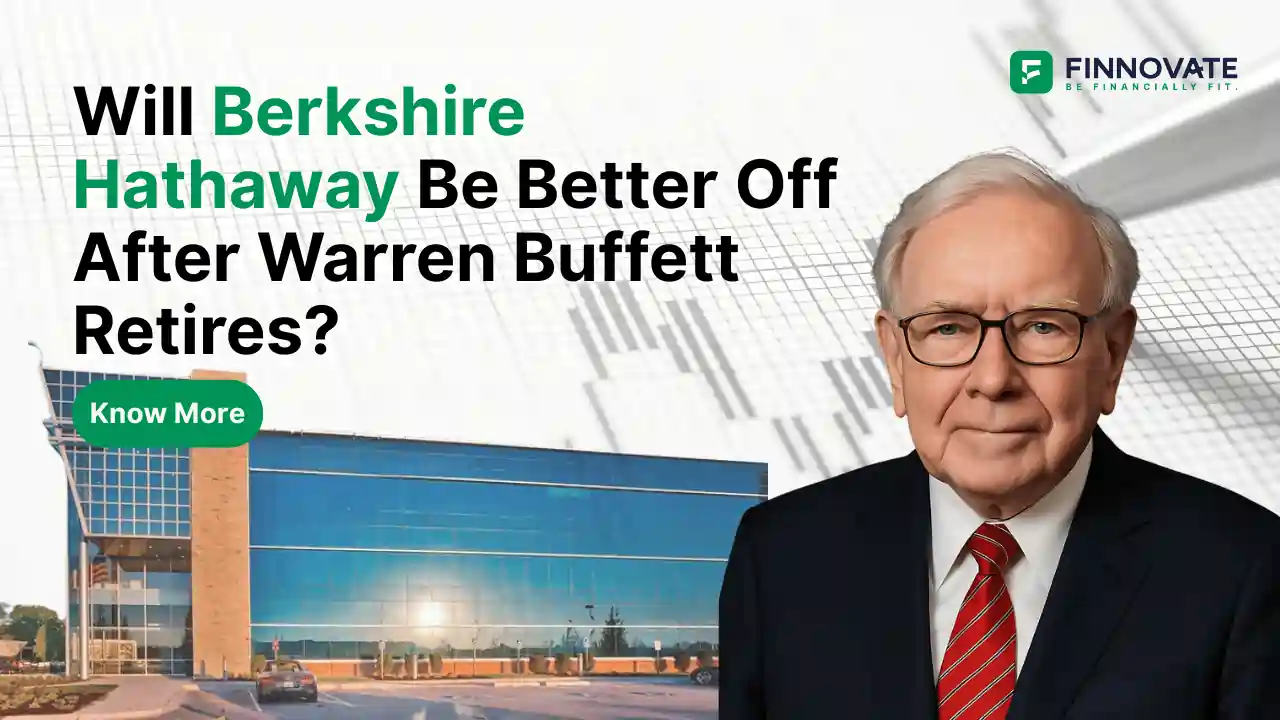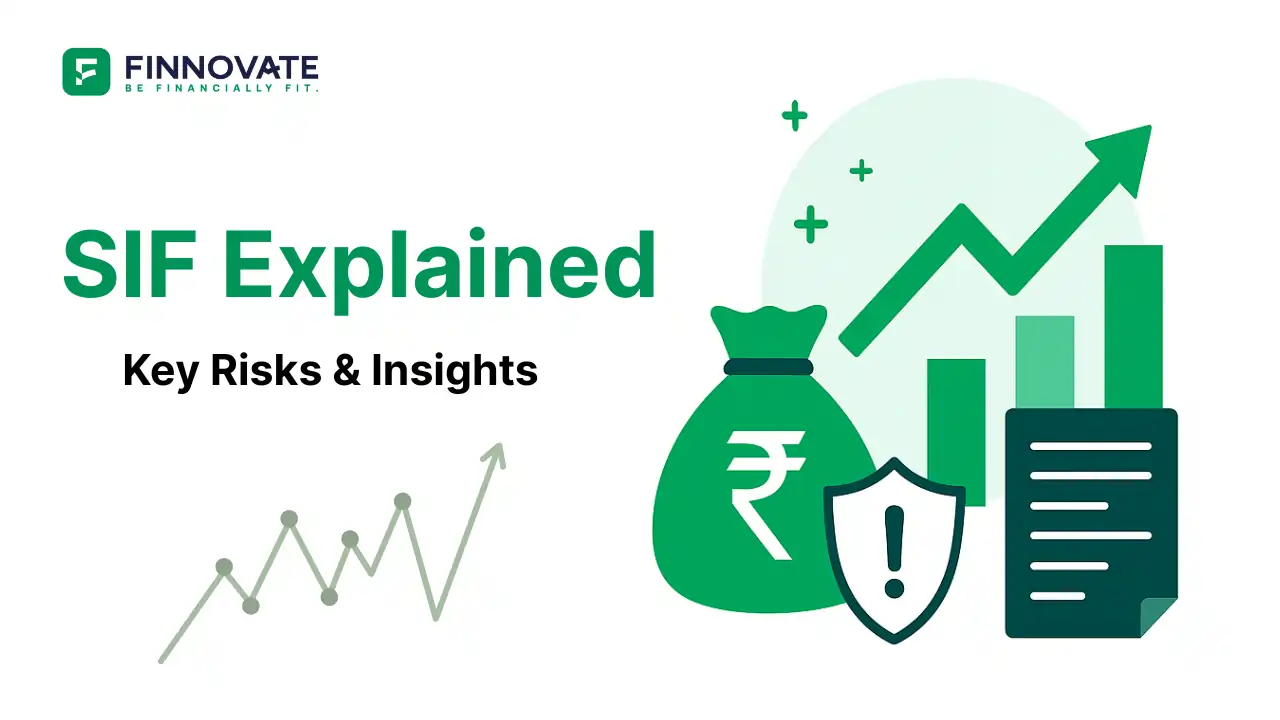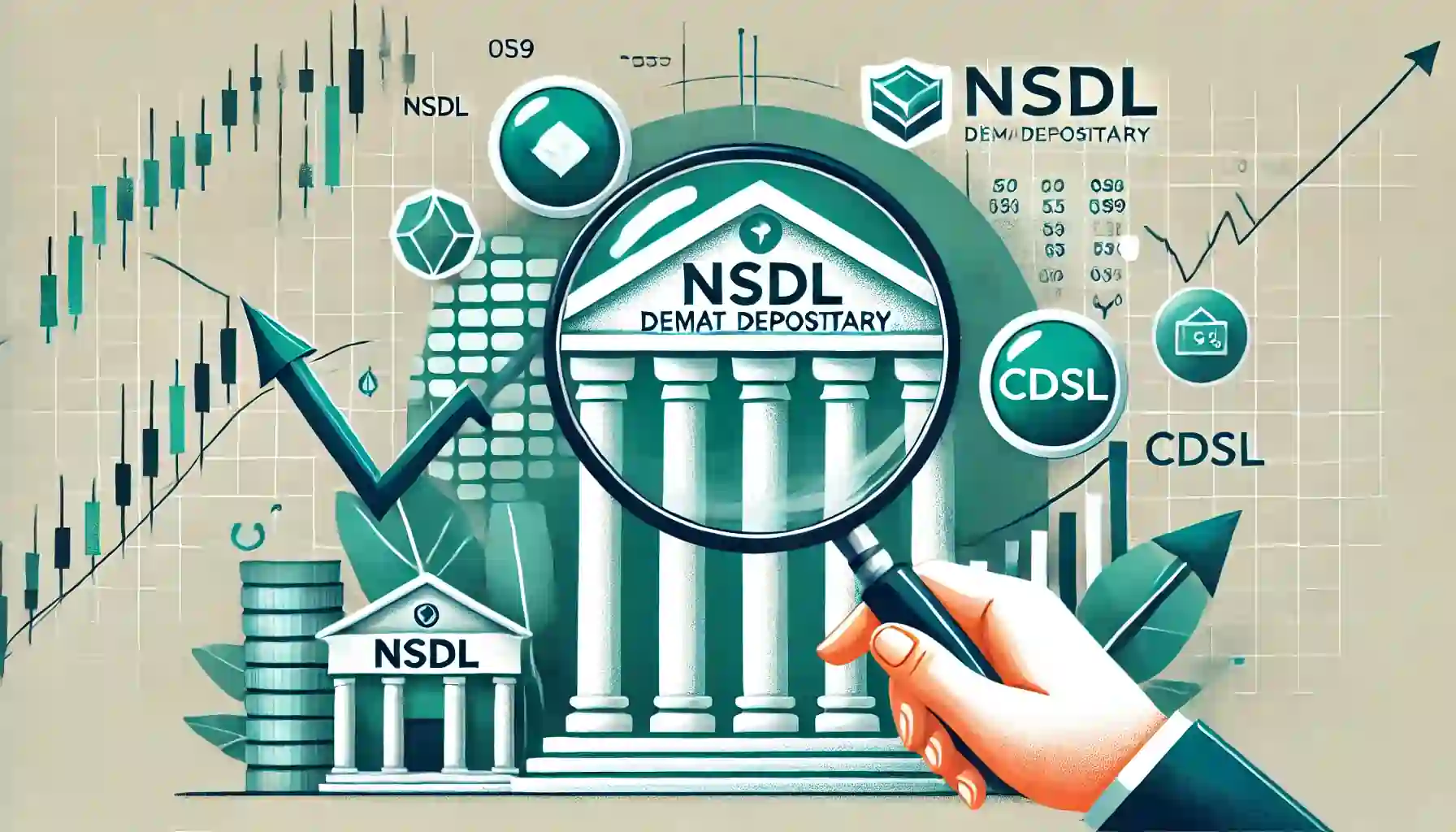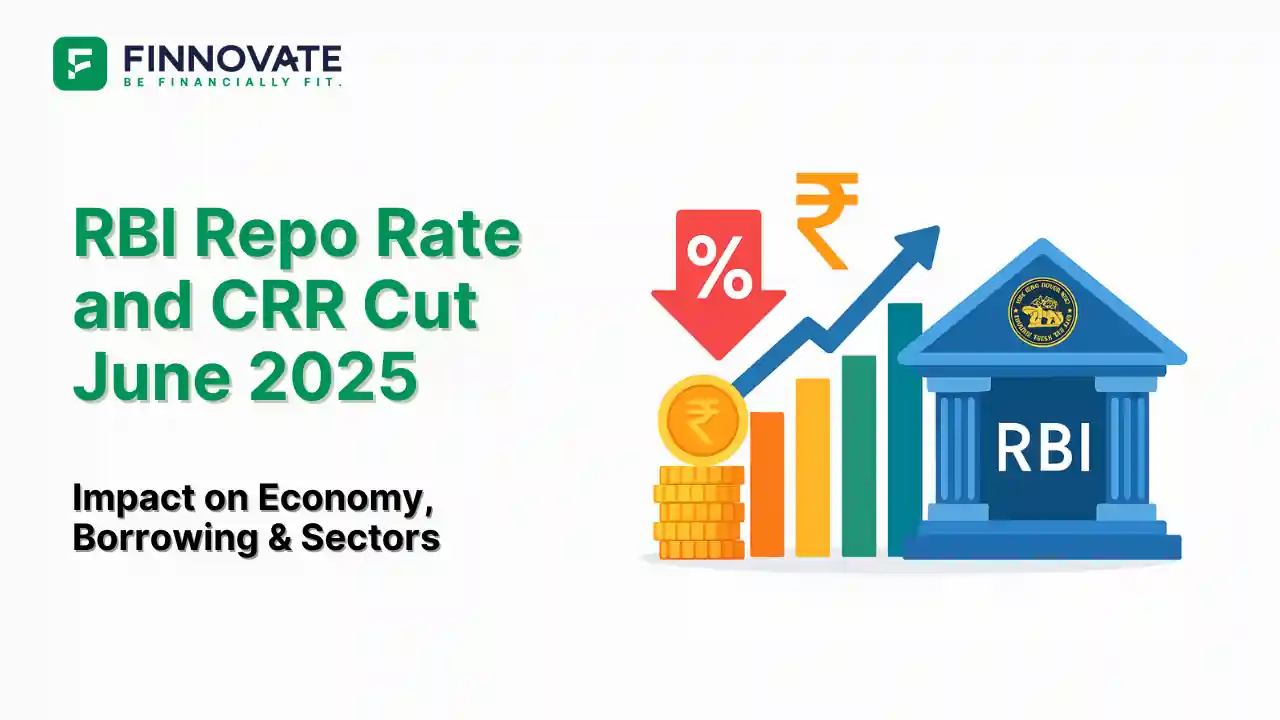Will Berkshire Hathaway Be Better Off After Warren Buffett Retires?

By

In a significant announcement during Berkshire Hathaway’s Q1 results, Warren Buffett confirmed that he will retire by the end of 2025. The reins of this iconic investment conglomerate will be handed over to Greg Abel, while Buffett continues to serve as chairman of the board. This announcement, though expected, sent ripples through the market — raising one key question: Will Berkshire Hathaway thrive in the post-Buffett era?
Initially, the news of Buffett’s retirement triggered a brief decline in the company’s Class-B shares. However, within a few days, the stock bounced back and regained its previous levels. This suggests that investors may already have been pricing in the leadership transition.
Yet, emotions aside, the deeper question remains — can Berkshire Hathaway maintain the kind of returns it delivered under Buffett’s leadership?
Buffett’s contribution to Berkshire Hathaway’s success is unmatched. Over the past six decades, he steered the company to compound returns that were twice the rate of the S&P 500. This remarkable performance turned Berkshire into one of the most respected and closely watched companies globally.
But it’s important to view this legacy with nuance. While the long-term track record is stellar, the past two decades tell a more mixed story.
Buffett is known for his value investing principles, and many of his long-term holdings have stood the test of time — Coca-Cola, American Express, and Bank of America are prime examples. These stocks have delivered consistent returns and reinforced Buffett’s core philosophy of investing in quality businesses with durable moats.
However, the last 20 years have also seen significant technological shifts — and Buffett’s reluctance to embrace this new wave is noticeable. He missed early opportunities in companies like Microsoft, Amazon, Google, Facebook, and NVIDIA, all of which have turned into market giants.
Although Berkshire eventually took a sizeable position in Apple, it was relatively late. That position has since become a major driver of the company’s recent returns, somewhat masking the broader underperformance in other areas.
Buffett’s record has both high points and missteps. His successful long-term investments in GEICO, Coca-Cola, Wells Fargo, and Goldman Sachs have created immense shareholder value. But not all picks played out well. For instance, his investment in Dexter Shoe Company ended up worthless, and his brief exposure to airline stocks led to a swift retreat at a loss. The same goes for IBM, which failed to live up to expectations.
These examples show that while Buffett’s investing acumen is legendary, it has not been immune to errors — especially in sectors where he has historically been cautious, like technology.
Today, Berkshire Hathaway sits on an enormous cash reserve of $348 billion, parked largely in cash and treasuries. For context, this is a war chest most fund managers could only dream of. But it also begs a serious question: Why is so much capital uninvested?
Despite Buffett’s reputation for seizing opportunities in downturns, the recent years have seen fewer bold bets. The lack of deployment raises concerns about whether the fund is missing out on emerging growth sectors.
As with Apple’s evolution after Steve Jobs, sometimes the founder stepping back can allow the organization to grow into its next phase. Greg Abel is widely regarded as a capable leader with a keen understanding of modern business models and infrastructure investments. His background in managing Berkshire Hathaway Energy may position him well to explore newer, high-potential areas.
These include artificial intelligence, green energy, machine learning, big data, and lithium batteries — sectors that are rapidly shaping the global economy. With Berkshire’s sizeable capital base, the time may be right to pursue these growth avenues more actively.
In 2008, Buffett had invested in China’s electric vehicle company BYD — a move that later paid off well. The expectation now is whether Abel can lead the fund into similar high-growth domains on a more consistent basis.
Buffett’s decision to stay on as chairman ensures a smooth transition. It also sends a strong signal that while the CEO role is changing, the core values of Berkshire will remain intact.
But for the conglomerate to remain relevant and competitive, it must go beyond legacy bets and traditional sectors. The sheer size of its cash holdings demands a more systematic and aggressive capital deployment strategy.
Warren Buffett’s departure marks the end of an era — but also the beginning of a new chapter for Berkshire Hathaway. His legacy is cemented, but the company’s future depends on how effectively Greg Abel and the next generation of leadership respond to the evolving market landscape.
The opportunities are immense, but so are the expectations. Only time will tell if Berkshire Hathaway, under new leadership, can continue to deliver the kind of value investors have come to expect over the last 60 years.

Learn how to easily download your NSDL CAS Statement in PDF format with our step-by-step guide. Follow our instructions to log in to NSDL e-Services, download your account statement, and subscribe for
Read Full
Explore what Specialised Investment Funds (SIFs) are, their benefits, taxation, minimum investment, how to invest, how they compare with mutual funds and PMS and latest developments in SIF space
Read Full
Learn How to Download Your CDSL CAS Statement with our step-by-step guide. Easy instructions for accessing your investment details online.
Read Full
Analyzing the potential economic impact of the 2025 India-Pakistan conflict on India's GDP growth, manufacturing sector, and foreign investment.
Read Full
Determine if your Demat Depositary (DP) is NSDL or CDSL easily. Follow our guide to check using broking platforms or Demat account number formats
Read Full
RBI cuts repo rate by 50 bps and CRR by 100 bps in June 2025 to boost growth. Learn how it impacts inflation, borrowing, sectors, and market trends.
Read Full
Looking for the best financial freedom books? Here’s a handpicked 2025 reading list with summaries, why to read, and who it's best for.
Read Full
Discover key facts about Ola Electric IPO launching in 2024. Simple guide covering business, financials and investment potential.
Read Full